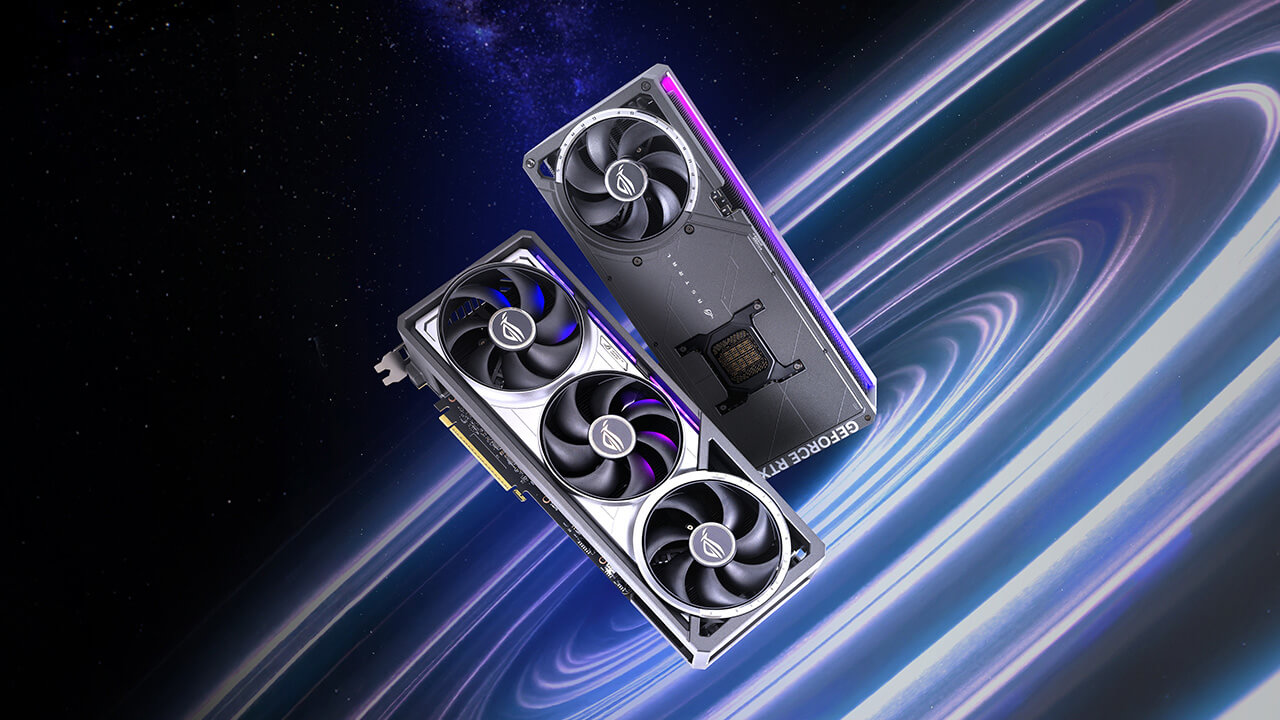
Asus’s flagship GPU line, the ROG Astral, recently received a new feature called Equipment Installation Check that allowed users to check if their expensive graphics card is still securely attached to their motherboard. Reviewers missed this feature because it wasn’t available at launch, but we spotted it being discussed on Reddit earlier in the month, and Uniko's Hardware (machine translation) subsequently looked more closely at the feature - which arrived via the GPU Tweak utility after a recent update.
The ROG Astral uses a Bosch Sensortec BMI323 Inertial Measurement Unit (IMU) chip, which allows it to detect any changes in its position. Because of this, the GPU Tweak utility can then detect any changes to your graphics card’s position, helping you prevent GPU sagging. This is especially important as this premium GPU weighs around 3 kg — heavier than a standard red clay brick.
Many manufacturers have started introducing reinforced PCIe slots to help prevent these heavy add-in boards from damaging their premium motherboards. Despite that, it’s still often not enough to support the stresses these lengthy GPUs put on such a small area, leading to long-term mechanical strain. Most hefty GPUs come with a support bracket in the box to address this issue, while a few other companies introduced screw holes on the other side of the graphics card that secures them to compatible VGA holders. You can also get a generic bracket, which are widely available online.
Despite these solutions, there’s still a chance that a support bracket might slip or loosen over time. That’s why the Equipment Installation Check is crucial, as it warns you if that happens. After all, most users rarely move their desktop PCs, meaning any changes in the GPU’s position are likely unwanted. That way, if you get a warning, and you do not remember touching your tower case recently, then it’s a sign that you need to physically check your PC (and maybe even dust it while you’re at it). It might also tell you if someone tampered with your desktop without your knowledge.
This, alongside other features like Power Detector+, which measures power distribution on the 12V cables, and Thermal Map, which uses temperature sensors strategically placed around the GPU’s board to monitor hotspots, is likely one of the reasons why the Asus ROG Astral is such a heavy and expensive GPU. All of these might be too much for some users, but if you dropped around $3,000 or more for an RTX 5090 GPU, you likely want to get every protection for your four-digit investment.
Follow Tom's Hardware on Google News to get our up-to-date news, analysis, and reviews in your feeds. Make sure to click the Follow button.







